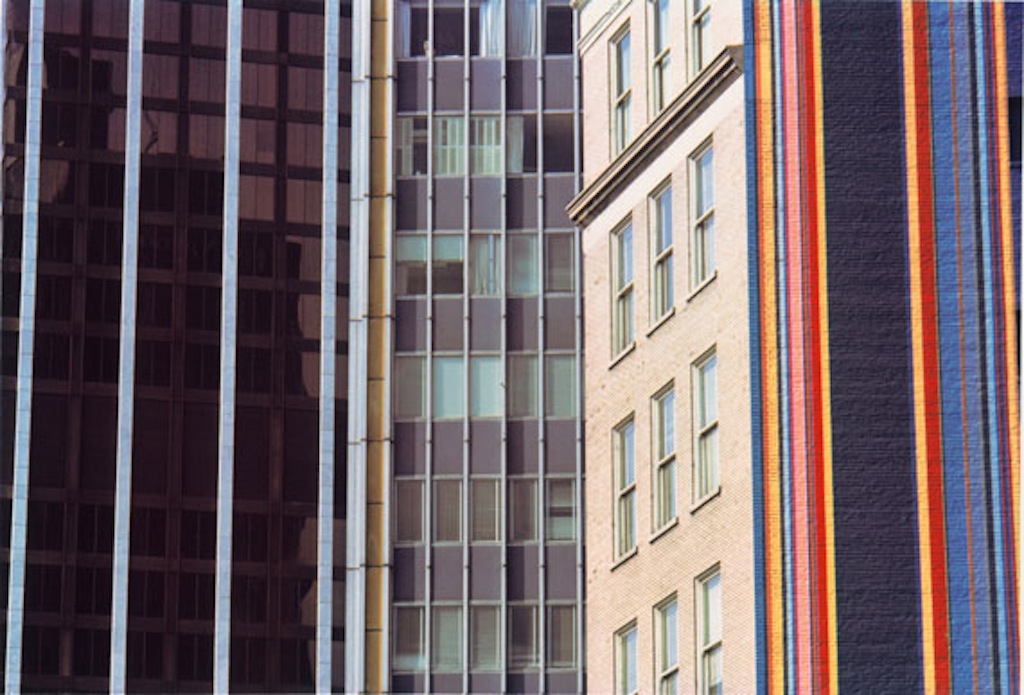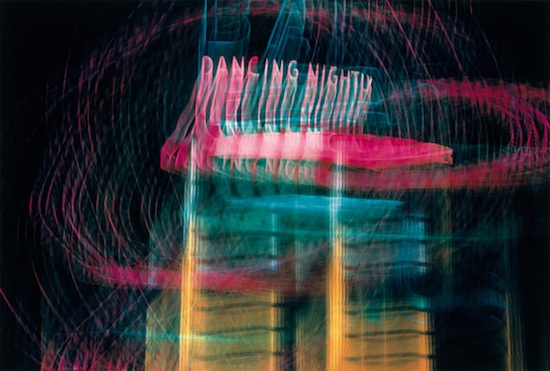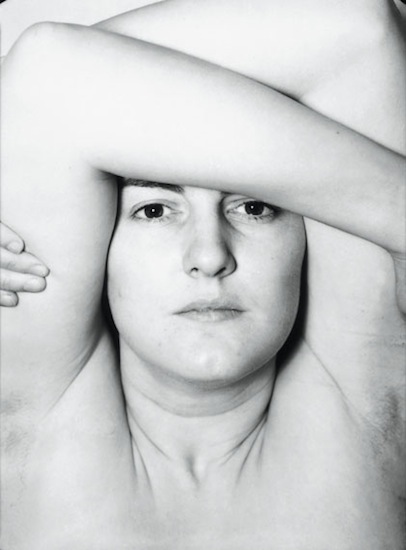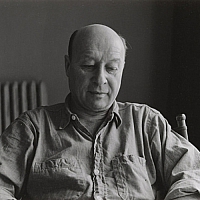
© Harry Callahan : Atlanta, 1978 The Estate of Harry Callahan. Courtesy Pace/MacGill Gallery, New York
Munchner Stadtmuseum St.-Jakobs-Platz 1 D-80331 Munich Allemagne
Harry Callahan (1912-1999) is regarded as one of the most innovative and influential American photographers of the 20th century.
By amplifying the abstract tendencies of the ‘New Vision’ in a lyrical mode, he was able to overcome the prevailing realist aesthetic in photography. The New York Museum of Modern Art honoured Callahan’s photographic oeuvre with no fewer than 38 exhibitions between 1946 and 1997. Together with the painter Richard Diebenkorn, Callahan represented the US at the 1978 Venice Biennale, the first photographer ever to do so. Nonetheless, in Europe, Callahan’s multifaceted photographic work is still considered a rarity in the history of photography. To highlight Callahan’s importance to 20th-century American photography, our retrospective will showcase some 220 photographs spanning a period of almost 60 years.

© Harry Callahan : Detroit, c. 1943
The Estate of Harry Callahan. Courtesy Pace/MacGill Gallery, New York
In addition to portrayals of nature and landscapes, the motifs that Callahan found in everyday life include views of shop windows, streets and buildings as well as shots of pedestrians hurrying past. Very early on he regarded photography as a purely artistic medium, and saw himself as an art photographer rather than a representative of applied photography.

© Harry Callahan : Chicago, c. 1951
The Estate of Harry Callahan. Courtesy Pace/MacGill Gallery, New York
A portrait series where his family members, predominantly his wife Eleanor, are the focal point will also be on display together with works from his travels in Europe, North Africa and South America. His works document the emergence of Modernism as it transforms everyday life ever more profoundly. Through his three favoured themes – nature, the well-known figure of Eleanor and the city – Callahan’s images interweave references to his past works, yet keep offering ever-new ways of portraying his life. At the same time, they trace the social and cultural transformation in the USA at that time, dramatically capturing these external changes discreetly, elegantly and yet with a tendency towards abstraction. Callahan’s photos consistently reflect both on his own and his camera’s way of seeing.

© Harry Callahan : Eleanor, 1947
The Estate of Harry Callahan. Courtesy Pace/MacGill Gallery, New York

